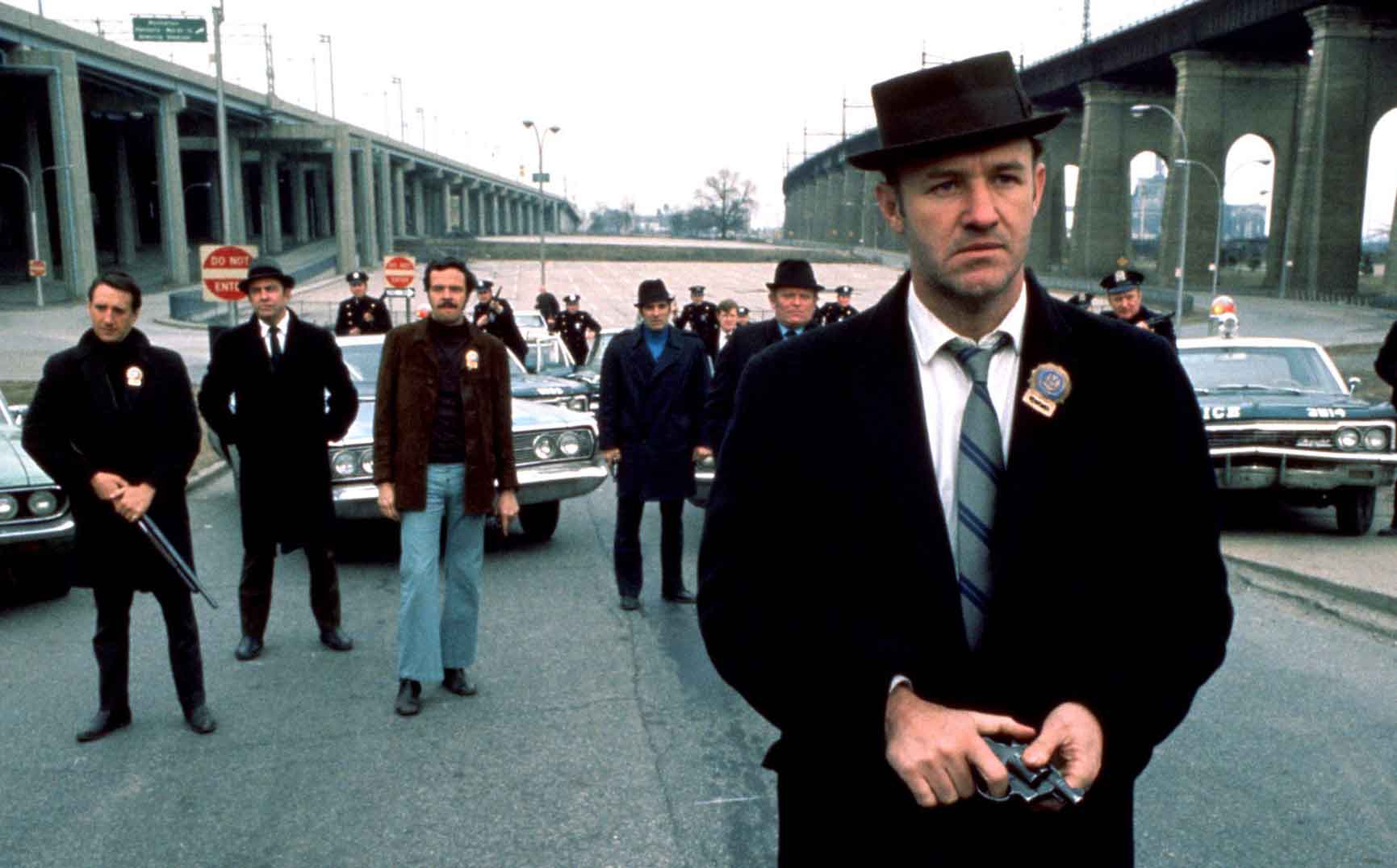
By punching multiple holes in a card any combination of threads could be raised long enough for a weaver to slide the shuttle across. If it passed through a hole, then a mechanism lifted the thread.

Whenever a rod came into contact with solid cardboard, its associated warp thread stayed in place. Each card passed before an array of circular metal rods corresponding to different warp threads. Jacquard replaced Vaucanson’s drums with punched paper cards. Success would bolster silk production in Lyon and support Napoleon’s efforts to match the industrial output of Great Britain. By the turn of the century he was working on an invention that had both local and national implications. After squandering most of his inheritance he later took up arms to support the French Revolution, returning home in 1798 after the death of his son. Jacquard, who had worked as a drawboy in his youth, inherited his father’s weaving business in Lyon but found it difficult to make a profit. The silken image and the machine that made it (seen on the desk next to Jacquard in the portrait) represented the technological potential of the calculating machines that had occupied Babbage’s attention for the past two decades. Vaucanson’s prototypes worked well, but the cylinders were expensive and could only generate a single, repeated pattern. In 1745 a talented machinist, Jacques de Vaucanson, designed a loom that used a spoked metal cylinder-similar to those found in music boxes-to trigger hooks that would raise or lower particular threads. Over the years many people had tried to speed up the weaving process. Each row of weaving might contain hundreds of warp threads-so many that a second person (a “drawboy”) was typically enlisted to keep track of which ones to raise or lower.

By selecting which threads to raise and lower during each pass of the shuttle, weavers created patterns or images in their tapestries, but the task was cumbersome. The silken image and the machine that made it (seen on the desk next to Jacquard in the portrait) represented the technological potential of the calculating machines that had occupied Babbage’s attention for the past two decades.įor centuries weavers had relied on a machine called a drawloom, which drew up the lengthwise (warp) threads individually, allowing different-colored cross (weft) threads to be inserted underneath. As Babbage explained later, it was a “sheet of woven silk, framed and glazed, but looking so perfectly like an engraving, that it had been mistaken for such by two members of the Royal Academy.”įor Babbage the portrait was much more than a fine example of textile arts: what fascinated him was the mechanism through which it was created. The prince had seen another copy of Jacquard’s portrait, based on a painting by Claude Bonnefond, and knew its secret. “No!” said Prince Albert to the Duke “it is not an engraving.” “Oh! that engraving?” remarked the Duke of Wellington. When we had arrived in front of the portrait, I pointed it out as the object to which I solicited the Prince’s attention. He later recalled the moment in his autobiography: Three years later he welcomed a pair of very special guests, the Duke of Wellington and Queen Victoria’s husband, Prince Albert. Babbage wanted a copy to show off in his London home, where he often entertained members of the British elite.

The item that had captured Babbage’s attention was a portrait of French inventor Joseph-Marie Jacquard.

“There has arrived lately in London . . . a work which does the highest credit to the arts of your country,” he wrote. In December 1839 mathematician and economist Charles Babbage sent a letter to French astronomer François Arago.


 0 kommentar(er)
0 kommentar(er)
